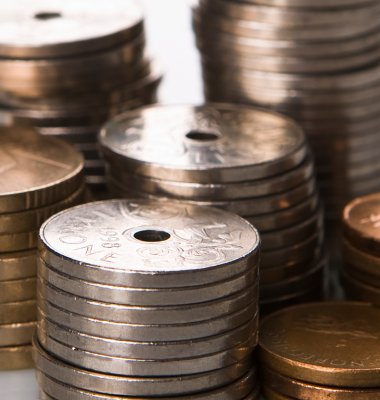According to figures from the Producer price index (PPI), the total PPI had a small decrease from October to November. The strongest contribution came from extraction of oil and natural gas where prices fell by 3.8 per cent.
Prices within manufacturing rose by 0.6 per cent from October to November, pulling in the opposite direction.
– Prices within manufacturing have been relatively stable during the last year, especially compared to the extremely high price growth from the middle of 2021 to the middle of 2022, says Espen Kristiansen, head of section of price statistics at Statistics Norway.
From June 2021 to July 2022 prices within manufacturing rose by approximately 35 per cent.
– From April to August this year, prices within manufacturing went down by 2.4 per cent followed by price increases over the next three months, says Kristiansen.
From August to November 2023 the total price increase within manufacturing was 3.1 per cent.
Huge changes in the twelve-month growth within manufacturing from 2021 to 2023
Within manufacturing, the twelve-month growth from November 2022 to November 2023 was only 0.9 per cent. This is a modest price growth compared to what we have seen over the last three years.
In the period February 2021 to June 2022 the twelve-month rates within manufacturing had a sharp increase. In February 2021 the rate was only 0.2 per cent, but in June 2022 it was over 33 per cent. This was a historically high price rise within manufacturing.
Norwegian exporters in particular experienced a large increase in prices during this period. Last summer, prices on exported goods was almost 50 per cent higher compared to the same period in 2021. This came from high prices for refined petroleum products, basic metals, chemicals and fish. In addition to the fact that the prices of many goods have been high in international markets, the exporters have been helped by the weak Norwegian currency.
For Norwegian industrial goods sold at the domestic market, the price increase was somewhat more modest, but still historically high, with a peak in June last year of just under 25 per cent. Inflation then slowed down, and the twelve-month rates gradually decreased.
Lower prices on food products
The twelve-month rates within the food industry have been relatively stable, around 6-8 per cent over the last five months.
Within the last half of 2022 and the first months this year, the twelve-month rates within food products was around 20 per cent. From April to July this year, the rate went down to around 8 per cent.
From November last year to the same month in 2023, the food prices increased by approximately 7.0 per cent.
From October to November this year, food prices increased by 2.0 per cent and was the main reason behind the price increase within the whole manufacturing industry.
